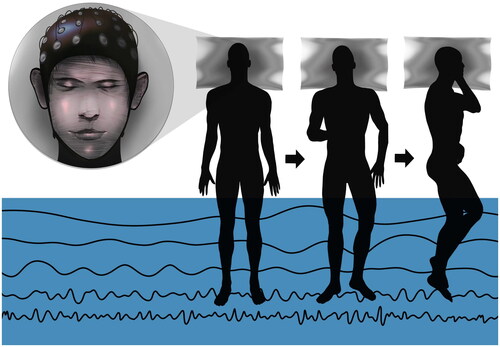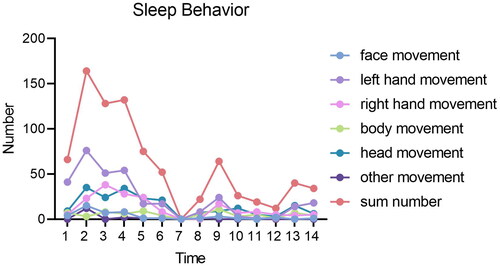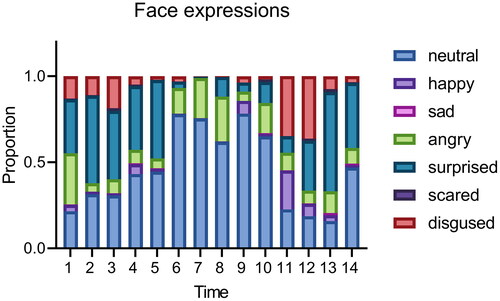Figures & data
Figure 2. The figure shows the alpha topographic map of the average power of each wave every 30 min. The darker the color, the stronger the power in the region, with a positive increase in red and negative increase in blue.
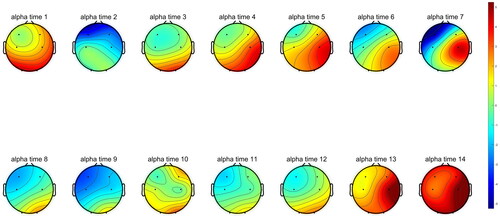
Figure 3. The figure show the delta topographic map of the average power of each wave every 30 min. The darker the color, the stronger the power in the region, with a positive increase in red and negative increase in blue.
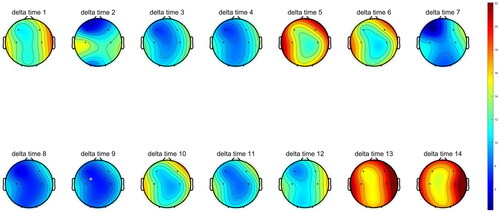
Figure 4. The figure show the beta topographic map of the average power of each wave every 30 min. The darker the color, the stronger the power in the region, with a positive increase in red and negative increase in blue.
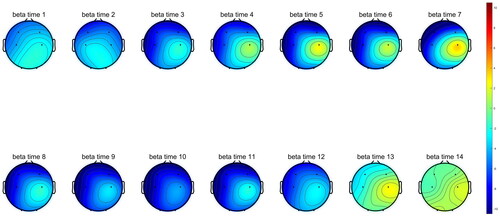
Figure 5. The figure shows the gamma topographic map of the average power of each wave every 30 min. The darker the color, the stronger the power in the region, with a positive increase in red and a negative increase in blue.
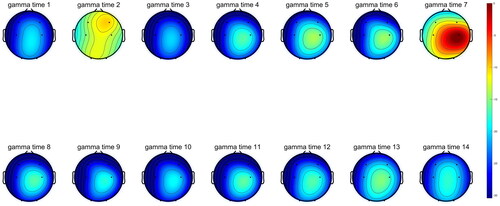
Figure 6. The figure show the theta topographic map of the average power of each wave every 30 min. The darker the color, the stronger the power in the region, with a positive increase in red and negative increase in blue.
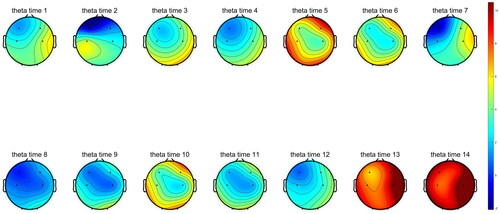
Table 1. Correlation analysis of alpha wave means power changes with facial expressions and sleep behavior.
Table 2. Correlation analysis of beta wave mean power changes with facial expressions and sleep behavior.
Table 3. Correlation analysis of delta wave mean power changes with facial expressions and sleep behavior.
Table 4. Correlation analysis of gamma wave mean power changes with facial expressions and sleep behavior.
Table 5. Correlation analysis of theta wave mean power changes with facial expressions and sleep behavior.

